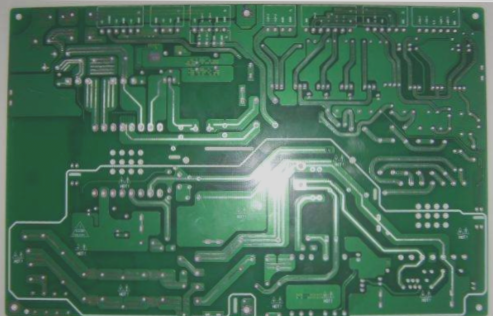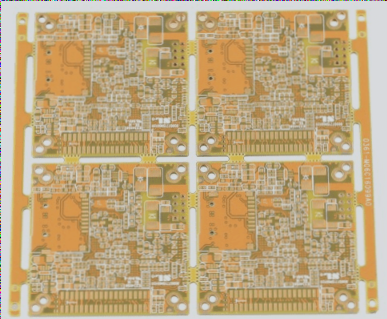The Importance of Surface Treatment Processes for PCBs
The choice of surface treatment process for PCBs is crucial and depends on the type of components to be assembled. This decision significantly impacts production, assembly, and the overall performance of the PCB. Here, we explore five common surface treatment processes and their applications:
1. Hot Air Solder Level (HASL)
HASL has historically been the dominant surface treatment process for PCBs. While its usage has decreased over the years, approximately 25%-40% of PCBs still utilize HASL. Although considered dirty and hazardous, HASL is suitable for larger components and those with wider pitch. However, its flatness can pose challenges in high-density PCBs, leading to its avoidance in HDI boards. Manufacturers are exploring alternatives like organic coating and electroless nickel plating/immersion gold processes.
2. Organic Coating
Organic coating is gaining popularity, with around 25%-30% of PCBs currently using this process. It is applied to both low-tech and high-tech PCBs, including single-sided TV PCBs and high-density chip packaging boards. Organic coating is particularly common in BGAs and is ideal when the PCB does not have specific surface connection requirements.
3. Electroless Nickel Plating / Immersion Gold
The electroless nickel/immersion gold process is essential for boards requiring functional connections and extended shelf life. Despite some drawbacks, this process is still widely used in high-tech PCB manufacturing. Solder joint concerns have led to the adoption of alternative processes in portable electronics.
4. Immersion Silver
Immersion silver serves as a cost-effective alternative to electroless nickel/immersion gold, offering excellent flatness and contact quality. It finds applications in communication products, automotive systems, and computer peripherals. Although issues like tarnishing exist, immersion silver remains a popular choice for approximately 10%-15% of PCBs.
5. Immersion Tin
Immersion tin has seen increased adoption due to automation requirements in PCB production. While ideal for communication backplanes, proper storage conditions are crucial as solderability diminishes over time. Environmental concerns limit the widespread use of immersion tin, with around 5%-10% of PCBs currently utilizing this process.
As customer expectations rise and environmental regulations tighten, selecting the appropriate surface treatment process for PCBs becomes more complex. While the future direction of PCB surface treatments is uncertain, meeting customer needs and environmental standards remains a top priority.
Get Expert Help with PCBs and PCBA
Do you have any inquiries about PCBs or PCBA? Don’t hesitate to reach out to me via email at info@wellcircuits.com.
Latest Updates:
- New PCB design trends for 2021
- How to choose the right components for your PCB project
- The impact of IoT on PCB manufacturing



